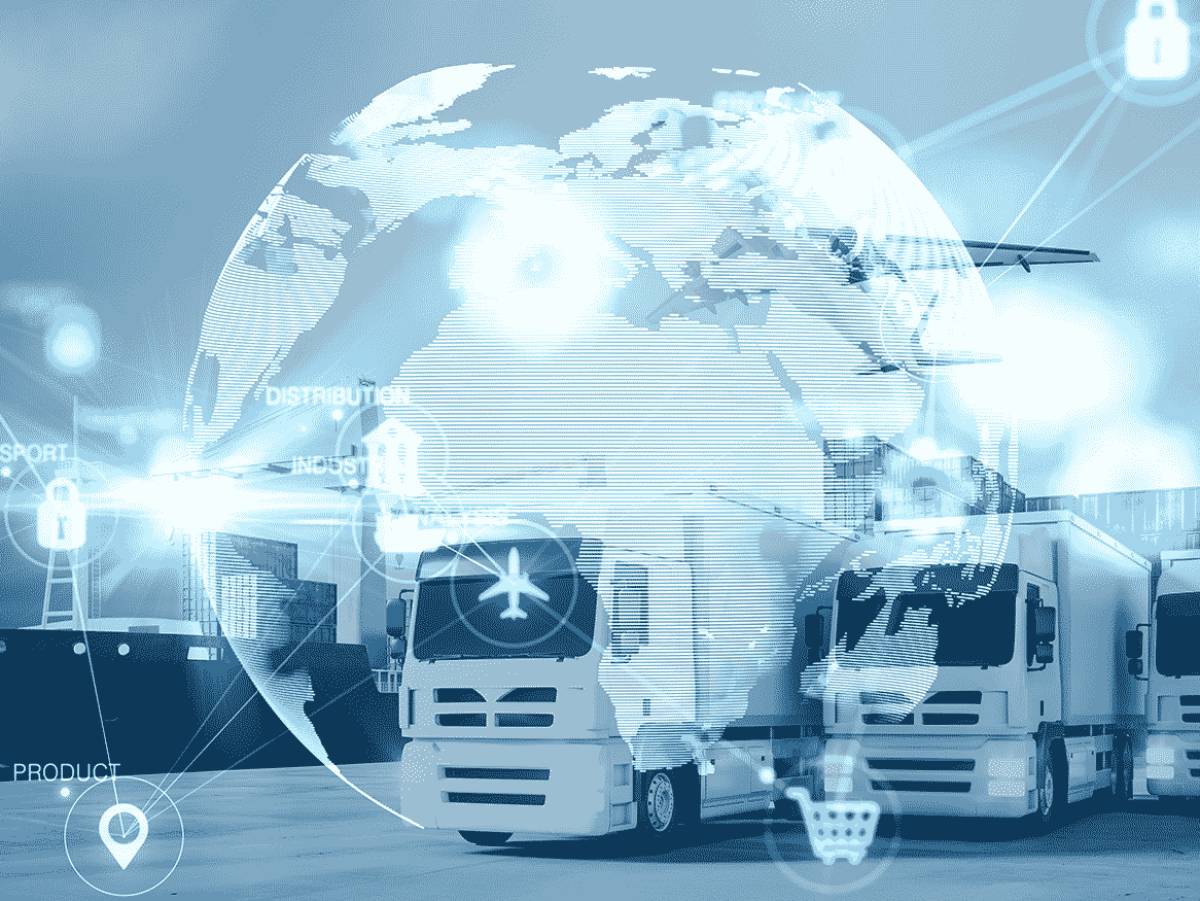In the era of Industry 4.0, the logistics and transport industry is undergoing a profound digital transformation. Known as Logistics 4.0, this concept represents the integration of advanced technologies—such as the Internet of Things (IoT), artificial intelligence (AI), big data, automation, and blockchain—into logistics operations.
For Vietnam, where logistics costs still account for a significant percentage of GDP, the application of digital technologies offers enormous potential to improve efficiency, reduce waste, and enhance competitiveness in global supply chains.
Understanding Logistics 4.0
Logistics 4.0 is an evolution of traditional logistics toward intelligent, connected, and automated systems. It focuses on the real-time flow of goods, data, and information throughout the supply chain.
Unlike conventional logistics, which relies heavily on manual processes, Logistics 4.0 integrates digital tools to connect manufacturers, suppliers, transporters, and end customers in one synchronized ecosystem. The ultimate goal is to create a smart logistics network that operates efficiently, transparently, and sustainably.

Key Technologies Driving Logistics 4.0
Internet of Things (IoT)
IoT enables the connection of physical devices—such as trucks, containers, and warehouses—to collect and transmit data in real time. In Vietnam, IoT sensors are being used to track shipment locations, monitor temperature for perishable goods, and predict maintenance needs for vehicles and equipment.
Artificial Intelligence (AI) and Machine Learning
AI helps logistics companies analyze large amounts of data to optimize routes, forecast demand, and automate decision-making. For example, AI-powered route optimization systems can minimize fuel consumption and improve delivery times.
Big Data and Analytics
Big data allows businesses to make smarter decisions based on patterns and insights from logistics operations. Vietnamese logistics companies are starting to use data analytics to predict shipment trends, identify inefficiencies, and personalize services for customers.
Automation and Robotics
Automation plays a vital role in warehousing, packaging, and transportation. Automated guided vehicles (AGVs), robotic arms, and sorting machines are increasingly used in modern distribution centers to reduce human error and speed up processing times.
Blockchain Technology
Blockchain ensures transparency, security, and traceability across logistics networks. By creating a tamper-proof record of transactions, blockchain minimizes fraud and simplifies customs and payment procedures—an essential improvement for cross-border logistics in Vietnam.
Benefits of Logistics 4.0 for the Transport Industry
Improved Efficiency and Cost Reduction
Digital tools help streamline operations by automating manual tasks and minimizing delays. Companies can reduce transportation costs, fuel consumption, and labor expenses through intelligent route planning and predictive maintenance.
Enhanced Transparency and Tracking
With real-time tracking systems, both customers and logistics providers have full visibility over the location and condition of goods. This transparency builds trust and allows for faster response to potential disruptions.
Better Customer Experience
Customers now expect fast, reliable, and traceable delivery services. Logistics 4.0 meets these expectations by providing instant updates, accurate ETAs, and flexible delivery options.
Sustainability and Green Logistics
Digital transformation also contributes to environmental sustainability. Technologies like electric vehicles, data-driven route optimization, and smart inventory systems help reduce carbon emissions and energy consumption in logistics operations.
Challenges in Implementing Logistics 4.0 in Vietnam
High Investment Costs
Adopting technologies such as automation, robotics, and AI requires significant upfront investment. Many small and medium-sized logistics firms in Vietnam find it challenging to allocate sufficient capital for digital transformation.
Lack of Skilled Workforce
The logistics workforce often lacks technical expertise in data analysis, digital systems, and automation. Training and upskilling programs are necessary to prepare employees for new technologies.
Fragmented Supply Chain Infrastructure
Vietnam’s logistics sector still faces fragmentation among service providers, leading to inefficiencies in data sharing and coordination. Without standardized digital platforms, the full benefits of Logistics 4.0 cannot be realized.
Cybersecurity Concerns
As logistics systems become more connected, they also become more vulnerable to cyberattacks. Ensuring data protection and cybersecurity is a top priority for companies implementing digital logistics solutions.
The Role of the Vietnamese Government in Promoting Logistics 4.0
The Vietnamese government has recognized logistics as a key driver of economic growth and competitiveness. Through initiatives such as the National Logistics Development Plan 2035, the government aims to modernize infrastructure, encourage technology adoption, and promote public–private partnerships.
Moreover, investments in smart ports, digital customs clearance, and e-logistics platforms are helping create a more integrated and transparent logistics ecosystem nationwide.
How Businesses Can Embrace Logistics 4.0
To successfully implement Logistics 4.0, companies should:
-
Invest in digital infrastructure such as ERP and cloud-based management systems
-
Train employees to handle advanced logistics technologies
-
Collaborate with tech partners and logistics service providers for integration
-
Adopt data-driven decision-making to optimize operations
-
Focus on sustainability through eco-friendly practices and smart energy use
By taking a gradual yet strategic approach, Vietnamese logistics businesses can transform traditional supply chains into smart, competitive networks ready for the global market.
Future Outlook for Logistics 4.0 in Vietnam
The next few years will mark a turning point for Vietnam’s logistics industry. As Industry 4.0 technologies become more accessible, logistics providers will continue to digitalize operations and offer smarter services.
Emerging innovations like autonomous vehicles, drone delivery, and predictive analytics will redefine how goods are transported and managed. With strong government support and growing investment from private sectors, Vietnam is poised to become one of Southeast Asia’s leading digital logistics hubs.
Conclusion
Logistics 4.0 is reshaping the transport industry in Vietnam, creating new opportunities for efficiency, transparency, and sustainability. While challenges such as investment and digital readiness remain, the long-term benefits far outweigh the obstacles.
By embracing Logistics 4.0, Vietnam’s logistics companies can not only enhance their competitiveness but also contribute to the country’s vision of becoming a regional logistics powerhouse in the digital age.

